How to Deal with Scrud in Your Washing Machine: A Guide
Introduction:
Understanding the issue of scrud in washing machines
Scrud, a combination of soap scum and residue, can build up over time in washing machines and lead to unpleasant odors, clothing stains, and reduced washing performance. Dealing with scrud requires a systematic approach to cleaning and maintenance. In this comprehensive guide, we will explore effective methods to tackle scrud in your washing machine. From regular cleaning routines to targeted treatments, we aim to help you eliminate scrud and keep your washing machine running smoothly.
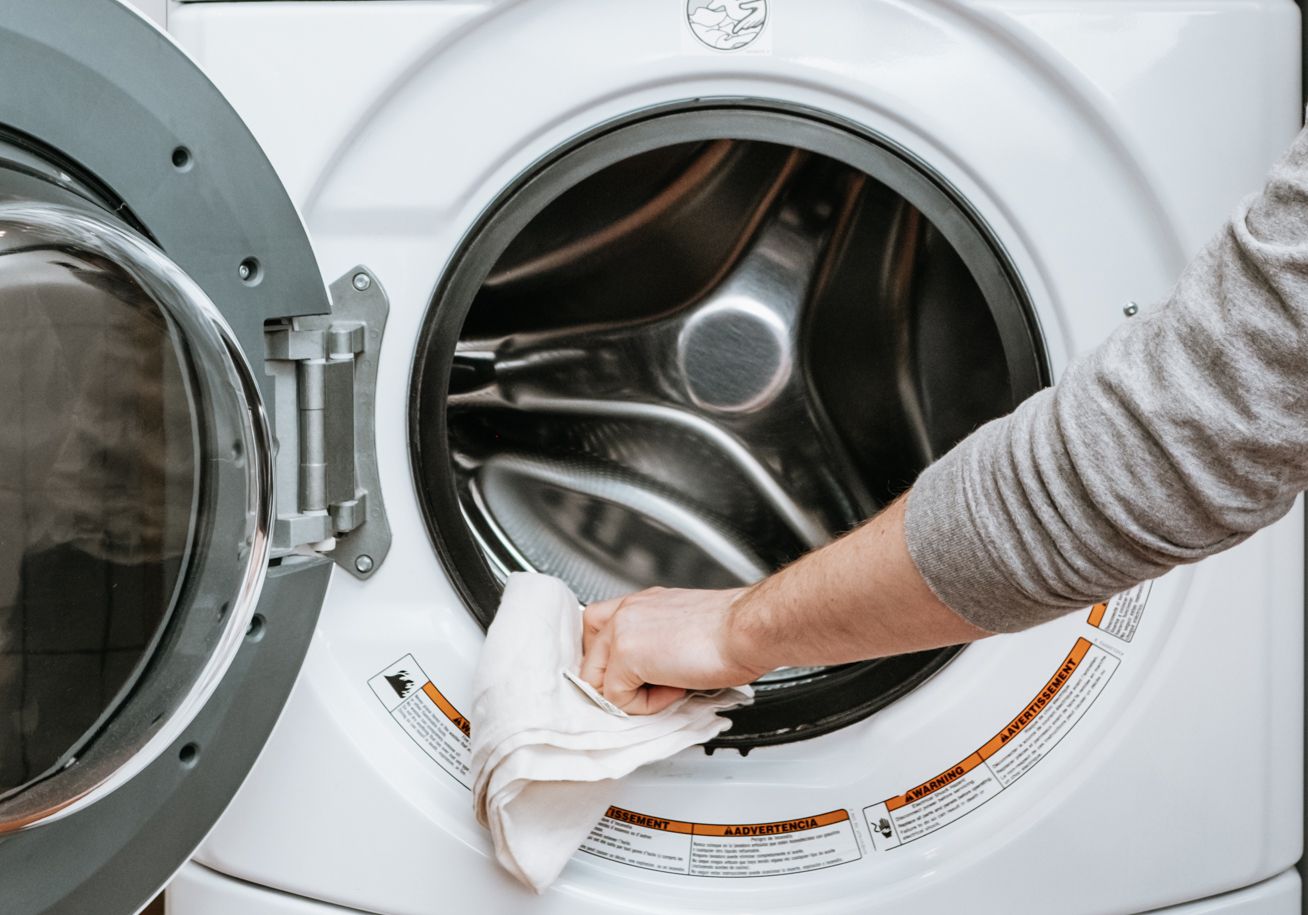
How to Deal with Scrud in Your Washing Machine: A Comprehensive Guide
-
Recognizing the signs of scrud
a. Odor: A musty or unpleasant smell emanating from your washing machine can be indicative of scrud buildup. This odor may transfer onto freshly washed clothes.
b. Residue on clothes: White or gray stains on clothing after washing can result from detergent and fabric softener residue mixing with scrud.
c. Reduced performance: Over time, scrud can clog filters, drain pipes, and detergent dispensers, causing reduced water flow and compromising the washing machine’s performance.
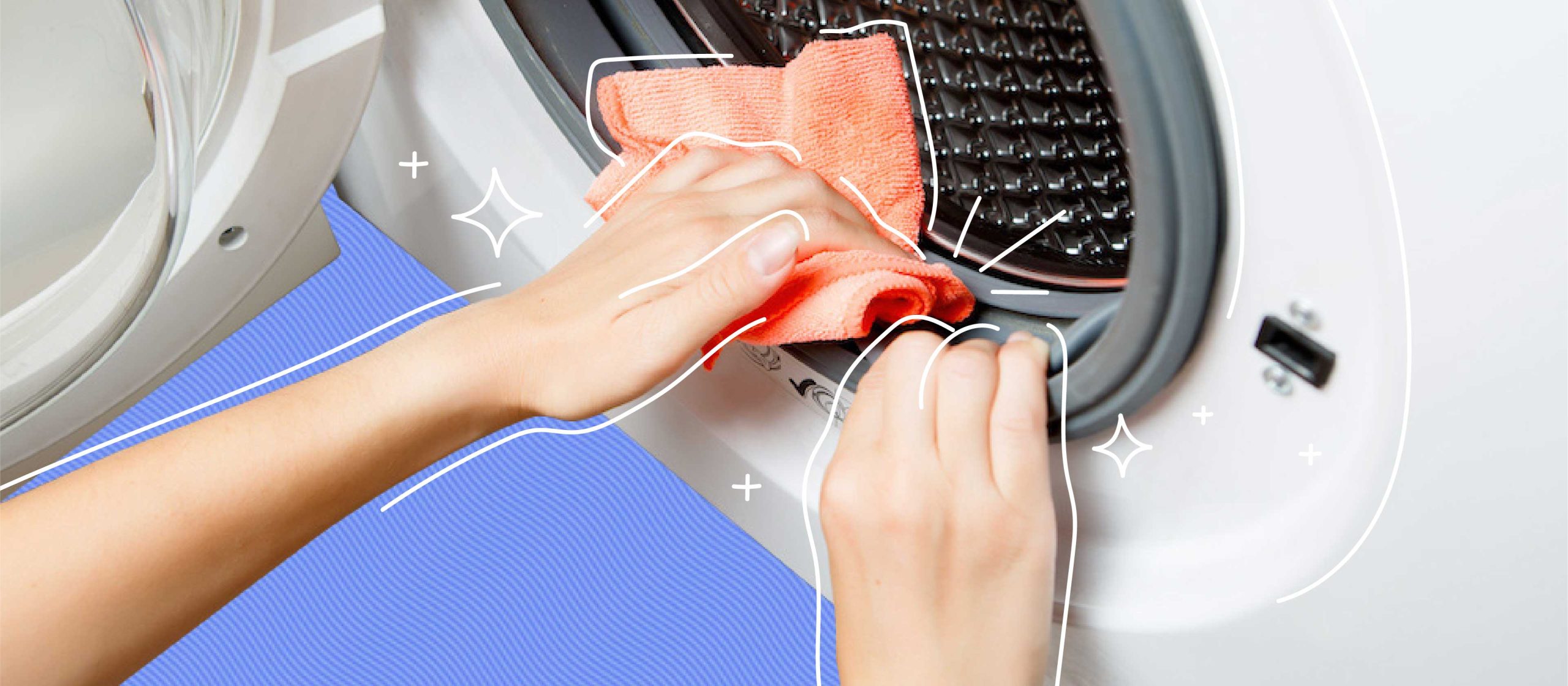
-
Regular cleaning routine
a. Cleaning the drum: Wipe the drum clean after each laundry cycle to remove any visible scrud or residue. Use a damp cloth or sponge and mild detergent to wipe away buildup.
b. Cleaning the detergent dispenser: Regularly remove the detergent dispenser tray and wash it with warm, soapy water. Use an old toothbrush or scrub brush to clean hard-to-reach crevices.
c. Running a maintenance wash: Once a month, perform a maintenance wash to deep clean the washing machine. Run an empty cycle on the hottest water setting, adding either a cup of white vinegar or a washing machine cleaner specifically designed to remove buildup and odors.
-
Targeted treatments for scrud removal
a. Vinegar soak: For visible scrud buildup, create a vinegar soak by filling the washing machine drum with hot water and adding two cups of white vinegar. Let the machine run on a long, hot cycle. This can help break down and dissolve scrud.
b. Baking soda scrub: For stubborn scrud stains, create a paste using baking soda and water. Apply the paste directly to the affected areas, scrub gently with a soft brush or cloth, then rinse thoroughly.
c. Citric acid treatment: Citric acid is effective at breaking down scrud. Dissolve one cup of citric acid powder in hot water and pour it into the detergent dispenser. Run a hot cycle with no clothes to allow the citric acid solution to work its way through the machine and dissolve scrud.
d. Commercial scrud-removing products: Several products specifically designed to remove scrud from washing machines are available in the market. Follow the instructions provided with the product to effectively eliminate scrud buildup.
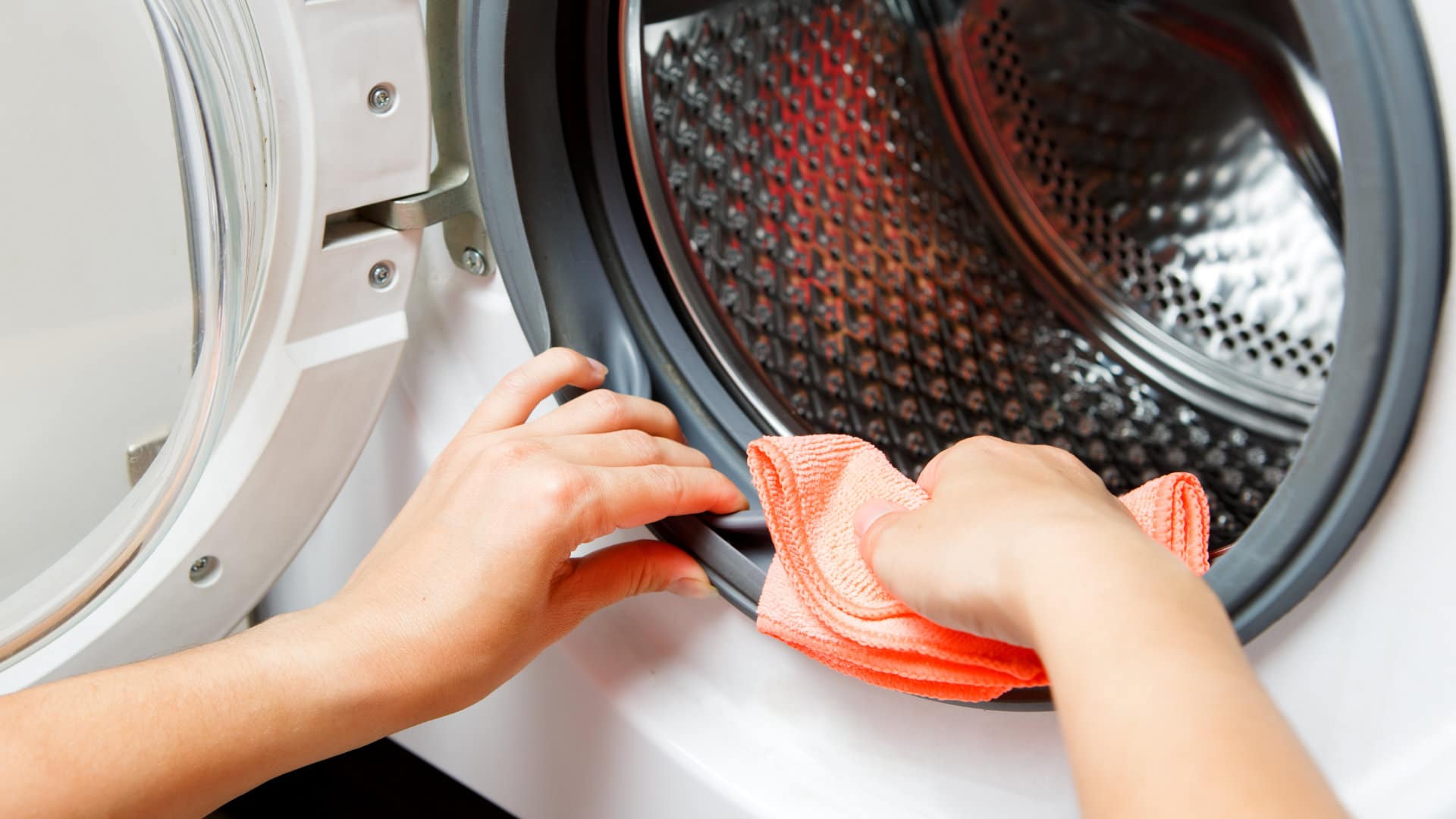
-
Preventive measures
a. Use the right amount of detergent: Overuse of detergent can contribute to the formation of scrud. Follow the manufacturer’s guidelines for detergent usage, taking into account factors such as water hardness and load size.
b. Clean the lint filter: Regularly clean the lint filter to prevent lint and debris buildup, which can mix with scrud and exacerbate the issue.
c. Avoid fabric softeners: Fabric softeners can leave behind residue that leads to scrud buildup. Consider using alternatives such as dryer balls or vinegar for fabric softening.
d. Leave the door open: After each laundry cycle, leave the washing machine door open to allow air circulation and prevent moisture buildup, which can contribute to scrud formation.
e. Regular maintenance checks: Inspect hoses, filters, and other parts of your washing machine periodically to ensure they are in good condition and functioning properly.
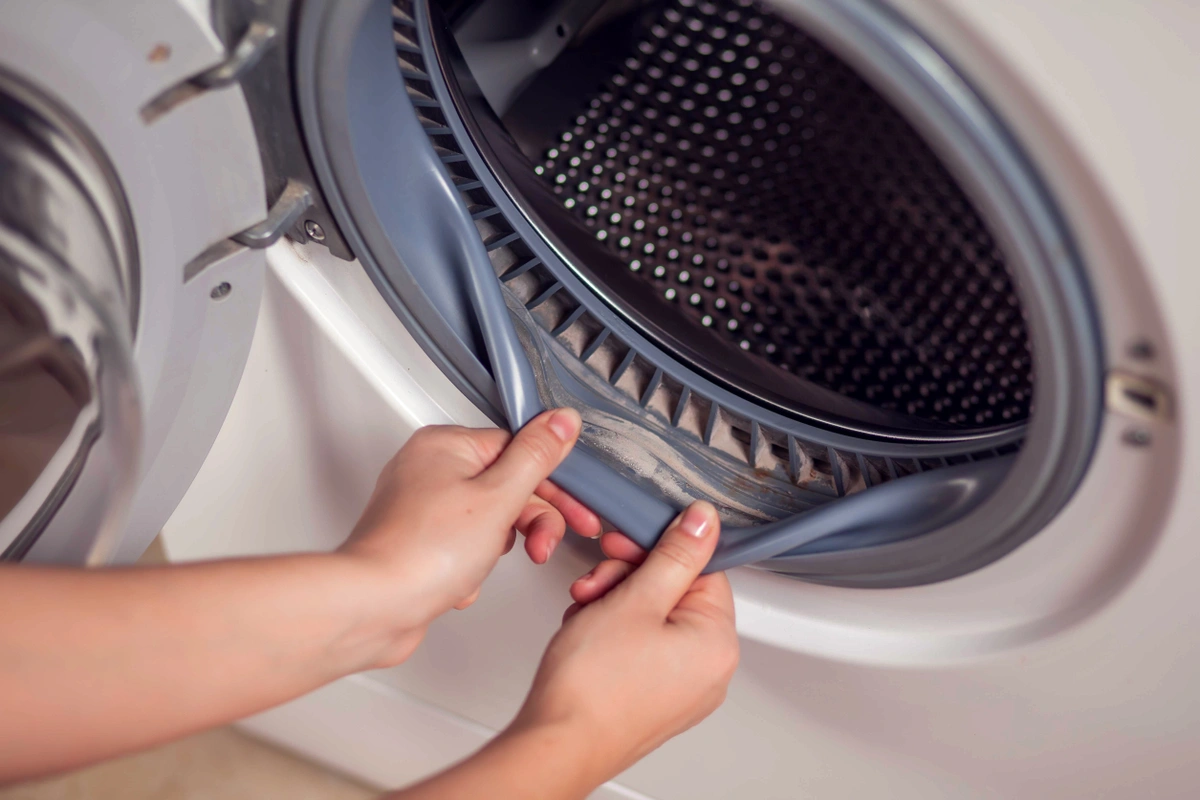
-
Dealing with tough scrud cases
a. Aggressive vinegar soak: If the vinegar soak mentioned earlier doesn’t completely remove the scrud, try using a more concentrated solution. Fill the drum with hot water and add four cups of white vinegar. Let the machine run on a long, hot cycle to help dissolve stubborn scrud.
b. Scrubbing with a toothbrush: For hard-to-reach areas or tightly packed scrud, use a toothbrush or a small scrub brush to manually scrub away the buildup. Apply a mixture of vinegar and baking soda for added cleaning power.
c. Disassembling and cleaning parts: In severe cases of scrud buildup, it may be necessary to disassemble certain parts of the washing machine. Consult the user manual or online resources to guide you through the process. Clean the disassembled parts thoroughly using a combination of vinegar and water or an appropriate cleaning solution.
-
Seeking professional assistance
a. Persistent or complex issues: If scrud persists despite your best efforts or if you encounter other mechanical problems, it may be time to seek professional assistance. Contact the manufacturer, a certified technician, or an appliance repair service to diagnose and resolve the underlying issues.
b. Regular maintenance service: Consider scheduling regular maintenance service for your washing machine. A professional technician can inspect, clean, and service your appliance, helping prevent scrud buildup and identifying potential issues before they become major problems.
c. Descaling agents for scrud removal: Chemical descaling agents specifically designed for washing machines can be highly effective at removing stubborn scrud buildup. Follow the manufacturer’s instructions and safety precautions when using these products. Typically, they are added to an empty washing machine and run through a cycle to dissolve and remove scrud.
d. Regular descaling maintenance: Incorporate descaling treatments into your regular maintenance routine to prevent scrud buildup. This is particularly important in areas with hard water, as mineral deposits can contribute to scrud formation.
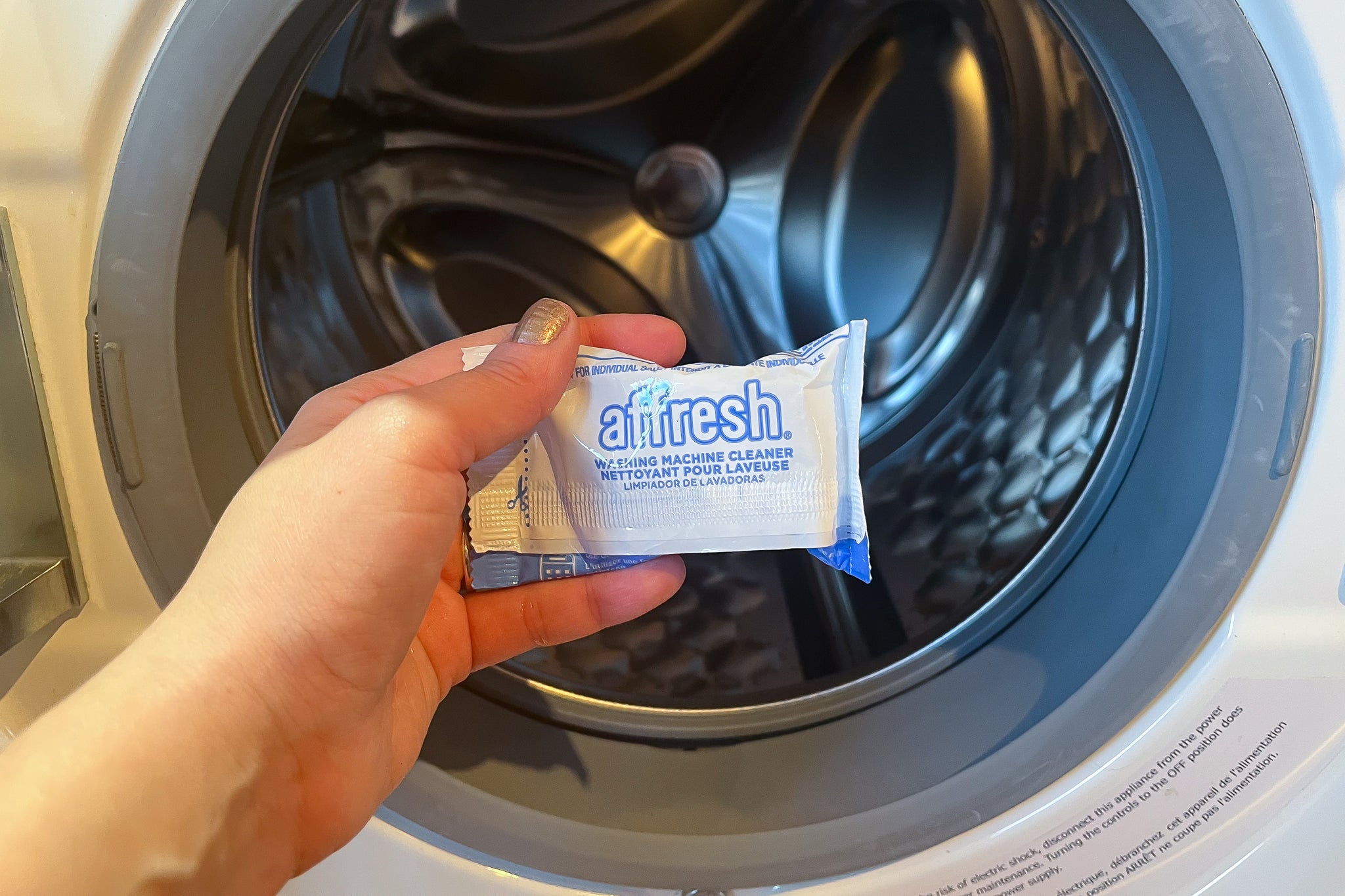
Conclusion: Keeping scrud at bay in your washing machine
Scrud buildup in washing machines can be effectively managed through regular cleaning routines and targeted treatments. By recognizing the signs of scrud, implementing a cleaning regimen, and using preventive measures, you can eliminate scrud and maintain a clean and odor-free washing machine. Remember to perform deep cleans, utilize vinegar or baking soda treatments, and consider the use of commercial scrud-removing products when necessary. By following these steps and integrating preventive measures into your laundry routine, you can effectively tackle scrud and ensure optimal washing machine performance for years to come.

